Unlock the True Potential of Your Internet Quality of Experience (QoE) with MedUX

What is Quality of Experience (QoE)?
In today's digital age, Quality of Experience (QoE) is the ultimate tool for measuring the satisfaction of any internet-based service. QoE refers to the overall experience a user has when interacting with a digital service, including factors such as performance, reliability, and usability. It's not just about speed or throughput, but about how well the service meets the user's expectations and needs.
The Importance of Measuring QoE
At MedUX, we recognize the significance of QoE in driving digital businesses success. Our expertise in QoE measurement and providing insights for optimization, enables organizations within the market to deliver high-quality internet-based services that meet the evolving needs of their customers. By leveraging our QoE solutions, businesses can gain a deeper understanding of their customers' expectations and preferences, identify areas for improvement, and implement targeted optimization strategies to enhance the overall user experience. This leads to increased customer satisfaction, loyalty, and revenue growth.
How MedUX Measures QoE
At MedUX, we take a unique approach to measuring QoE. Our solutions simulate real-world scenarios, providing a comprehensive view of the user experience. We measure QoE from the user's perspective, using advanced analytics and real-time data to ensure that our results are accurate and actionable.
Our QoE Measurement Solutions
Web Browsing: Navigating most visited websites to accurately capture the user experience of browsing real pages.

The Web Browsing Test is designed to measure how long it takes a webpage to completely load, a critical metric for end-user satisfaction. A delay in web browsing can lead to user frustration and negatively impact overall customer experience.
Measuring the speed and reliability of web page loading is crucial for ensuring a positive user experience. The test will evaluate one or more well-known websites during every test execution. Today’s popular websites are highly dynamic, therefore a mix of multiple sites of different types and size are often employed to diversify and mitigate content variations or irregular performance issues detected from any single website. Alternatively, the test can be set up to use a reference web page hosted on dedicated servers. This approach ensures the content remains consistent but may not fully reflect the browsing experience of typical users.
The Web Browsing test is designed to measure the time it takes for a web page to load, the volume of data transferred, and other network parameters. The requested site will be launched using Google Chrome and verifies page rendering apart from the successful retrieval of all embedded resources like images, JavaScript files, and stylesheets. Additionally, the test can optionally collect data for each individual object retrieved during the download process.
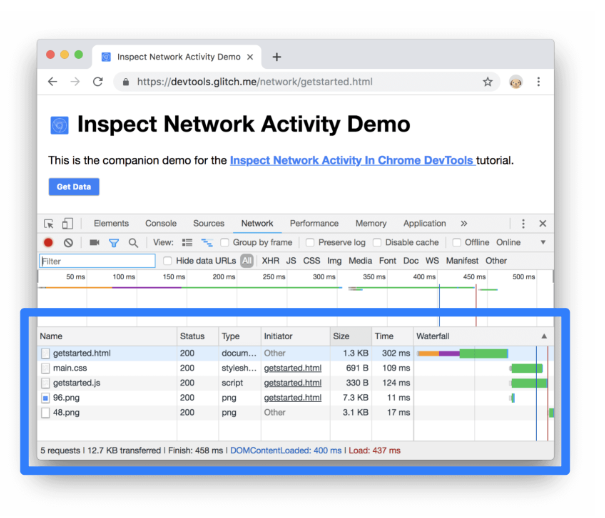
The goal of this test is to replicate the real-world website navigation experience, focusing on rendering the top visited websites. It evaluates web browsing time, explores the different phases (DNS lookup, server connection, security handshakes, and content download), and identifies potential network issues or areas for optimization.
Video Streaming: Ensuring Smooth and Seamless Video Playback

The Video Streaming Test checks how well video streams are delivered to end-users. Our test measures content from different streaming providers to make sure video-watching experience is top-notch.
We play the requested video stream using a common media player in Android. This player supports different types of media formats, helping us to measure video performance indicators (delays, bitrates, stalls, etc.) while the stream is being played.
Our test is capable of measuring the more common standards-compliant codecs such as MPEG4, WebM, HLS/Dash streams, covering both on-demand and live video content. The only requirement for the test is the URL or the path to a manifest file, which specifies the video stream and its available encoding options.
With this methodology we are able to assess the performance of some of the most used video streaming platforms and real-world video streaming experience, providing actionable insights into the performance and reliability of video playback.

The goal of this test is to play video streams from top streaming providers, evaluate the video playback and explore the different phases to understand if there is any network issue or possible service optimization.
Gaming: Measuring the Responsiveness and Performance of Online Gaming

The Gaming Test checks how well a game performs during gameplay. We can measure games from different gaming providers and servers to help to improve gaming experience.
The requested game server will be targeted using different protocols depending on the game and use case (ICMP, TCP, UDP). The test allows us to measure round-trip latency, jitter and packet loss among other indicators. Additionally, we record information associated with the network route such as number of hops, latencies between hops, interconnection and routing providers.
This test aims to simulate gameplays from top gaming providers, evaluate the end-to-end performance and explore the route to understand if there is any network issue or possible optimization.
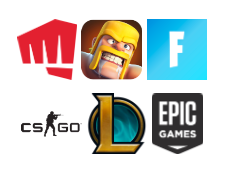
Social Media: Measuring the Performance and Reliability of Social Media Platforms

Social media platforms are a critical component of modern online life, and their performance and reliability are essential for a positive user experience.The Social Media Test checks how well the main social media platforms perform. We can measure various platforms to ensure a complete satisfactory experience.
The test downloads a public but static page account from the requested social media platform. During the execution of the test, it measures different indicators such as the splash screen time, the first contentful paint, or the media load time.
The goal of this test is to simulate social media platforms’ usage, evaluating the end to end performance and exploring the load to understand if there is any network issue or possible optimization.
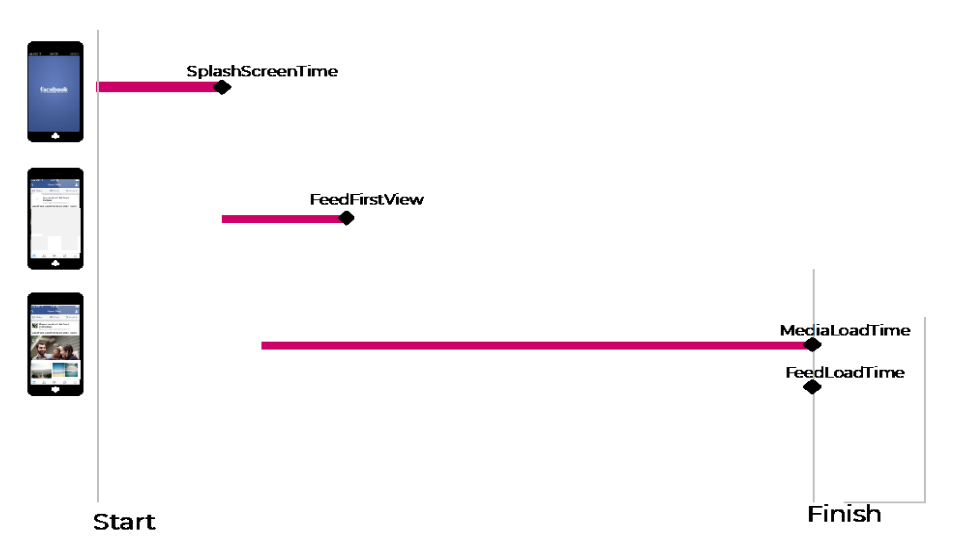
WhatsApp Messaging: Measuring the Speed and Reliability of Messaging Services

The WhatsApp test measures the delivery performance of a WhatsApp message. Our test allows the measurement of different types of messages.
The test opens the WhatsApp application and sends a message, either a text, image or video, to test its performance. Once the message is received by the WhatsApp server, the first check mark appears. Further, the second check mark appears when the server receives the successful delivery confirmation. The timestamps of these events are recorded to calculate timing intervals that determine the service performance.
The goal of this test is to simulate WhatsApp messaging usage, evaluating the end to end performance and exploring the successful delivery to understand if there is any network issue or possible optimization.

Dropbox: Measuring the Performance and Reliability of Cloud Storage Services
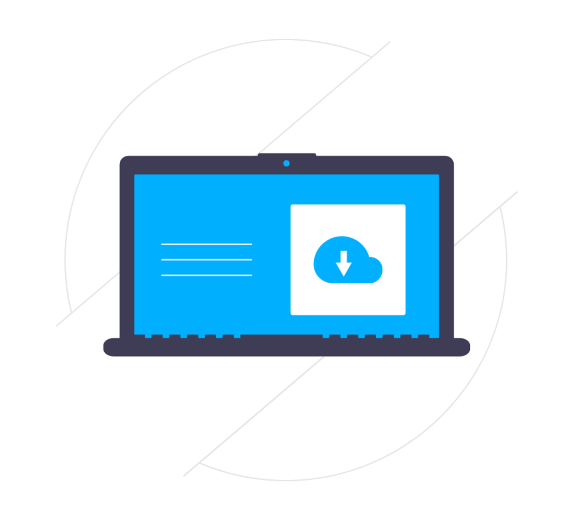
The Dropbox Test measures the performance of a cloud-based platform, in this case, Dropbox. Our test allows the measurement of different types of files and sizes.
The test uses the Dropbox API to download a file from a specific account. The test collects the download start and end times to calculate timing intervals and the speed that determines the service performance.
The goal of this test is to simulate cloud storage usage with Dropbox, evaluating the end to end performance and understanding if there is any network issue or possible optimization.
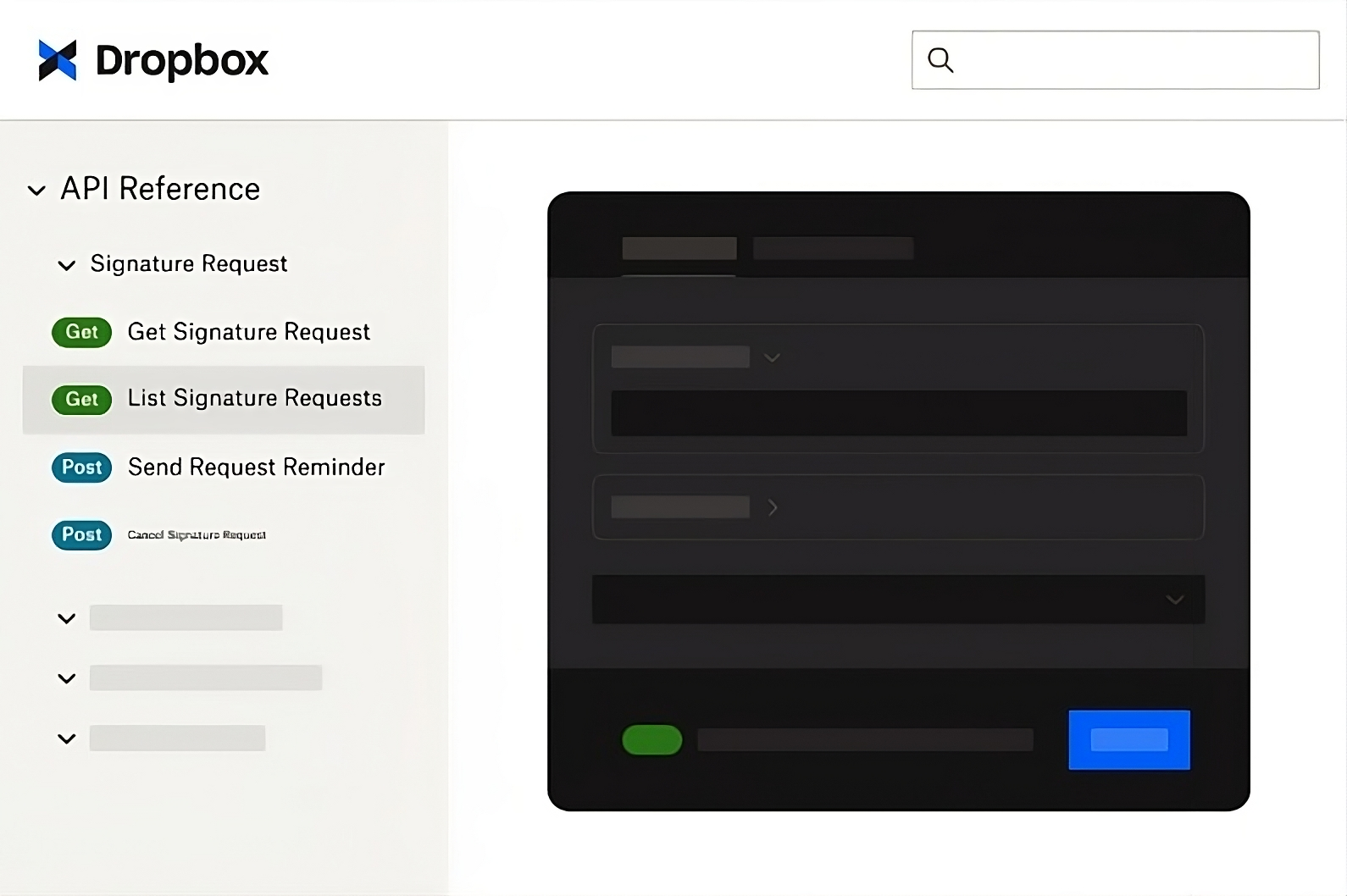
CDN Performance: Measuring the Performance and Reliability of Content Delivery Networks

The CDN Performance Test measures the performance of Content Delivery Networks. Our test allows the measurement of different CDN providers.
The tests cheks how well the CDN performs by targeting the CDN using a protocol that downloads a small object using multiple threads. The test allows us to measure round-trip latency and download speed to and from the CDN node. Additionally, we record information associated to the node and its network route such as the server IP, number of hops, latencies between hops, interconnection and routing providers.
The purpose of this test is to simulate the usage of leading CDN providers. We assess the end-to-end performance and examine the route to identify any potential network issues or optimization possibilities. Conducting tests against CDNs aids operators in gaining insights into both their own network agreements and configurations, as well as those of their competitors.
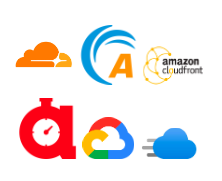
Conclusion
As the digital world continues to expand, simply connecting to the internet is no longer enough. The key to success lies in delivering Meaningful Connectivity, where quality is just as important as access. MedUX goes beyond traditional Quality of Service (QoS) measurements to focus on Quality of Experience (QoE)—ensuring that every interaction with your digital services is smooth, reliable, and satisfying.
MedUX simulates and tests an essential set of online services as part of universal access and service provision together with the most demanded online experiences such as, web browsing, video streaming, gaming, messaging, file uploading, downloading and more. Thus, we empower businesses to stay competitive by optimizing real-world user experiences.
Additionally, by benchmarking QoE against competitors, digital organizations (such as communication service providers) gain crucial insights that help drive performance improvements and maintain a competitive edge.
MedUX provides multi-platform solutions that measure, monitor, benchmark, and optimize QoE, offering customer-centric insights to help businesses stay ahead.
In a world where Meaningful Connectivity is becoming the new standard, MedUX leads the change in ensuring that connectivity is not just universal but also enriched with the Meaningful Quality necessary for fostering true customer satisfaction and loyalty.
For a deeper dive into how Meaningful Connectivity is redefining digital standards, we invite you to explore our blog on Meaningful Quality, Beyond Meaningful Connectivity, where we further discuss how the MedUX approach can drive societal development through impactful connectivity.
Unlock the true potential of your network and elevate your digital services with MedUX's QoE solutions. Contact us today to discover how we can help you exceed your customers' expectations in the evolving digital landscape.
Don’t forget to follow us on social media and subscribe to our newsletter to receive the latest updates and news.
Follow us on:
MedUX is the leading Quality of Experience (QoE) company, providing comprehensive and innovative solutions for measuring the performance of fixed, mobile, and TV telecommunications networks for telecom operators, governments, and digital enterprises. With a focus on delivering grand scale, end-to-end network, and service visibility, MedUX leverages real-time customer perspective data and advanced analytics to ensure quality and regulatory compliance, while also offering valuable insights for optimizing networks and improving customer experiences. With a presence in over 25 countries across Europe, America, Africa, and the Middle East, and monitoring over 60 operators worldwide, MedUX’s patented technology and expertise make it a trusted partner for improving the digital experiences of customers everywhere.
Explore the Latest from MedUX

Fixed Broadband QoE Benchmarking Spain October 2025
Orange achieves the highest Quality of Experience rating in Spain with its Fiber network
Join the Quality of Experience (QoE) Revolution in Fixed Broadband and discover how Spain’s leading networks perform. Have you ever wondered which operator delivers the…

Assessing User QoE with MedUX's Fixed Broadband Benchmarking Methodology
MedUX’s fixed broadband Quality of Experience (QoE) benchmarking methodology offers a customizable and dependable framework for evaluating customer experience. This methodology employs a distinctive scoring system that integrates both technical and user-focused parameters and adheres to…

MedUX Joins Phase V of TM Forum Catalyst Project: Boosting QoE with Sustainability, Gen AI, and 5G Slicing
In today’s hyperconnected world, ensuring a consistent, high-quality digital experience isn’t a luxury—it’s a competitive necessity. That’s why MedUX is proud to participate in Phase V of the TM Forum Catalyst project, “Autonomous Customer Experience Index (CEI) for Zero-Touch 5G and Wi-Fi…


